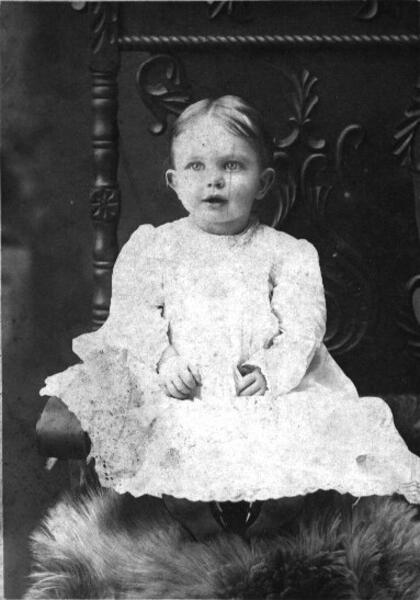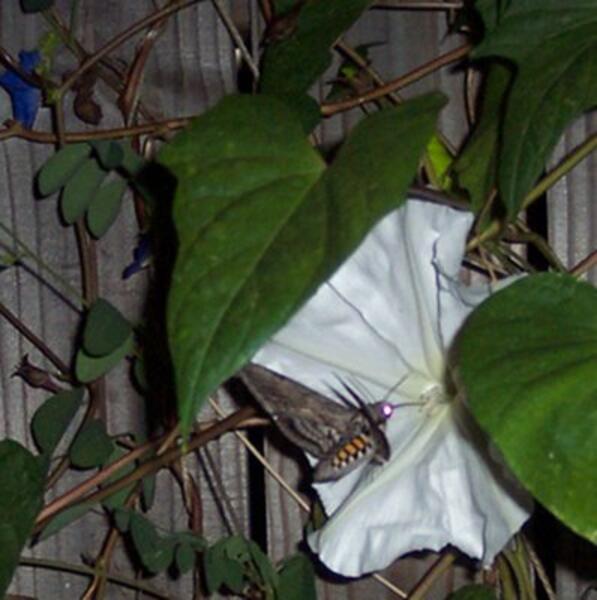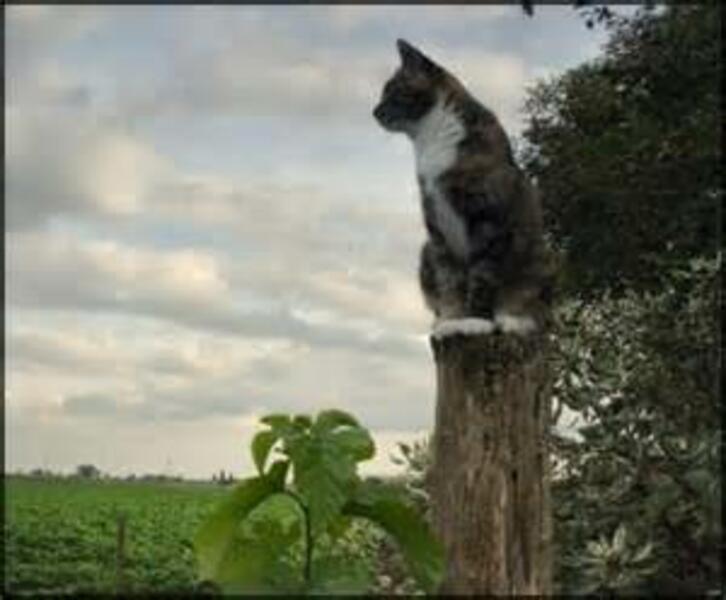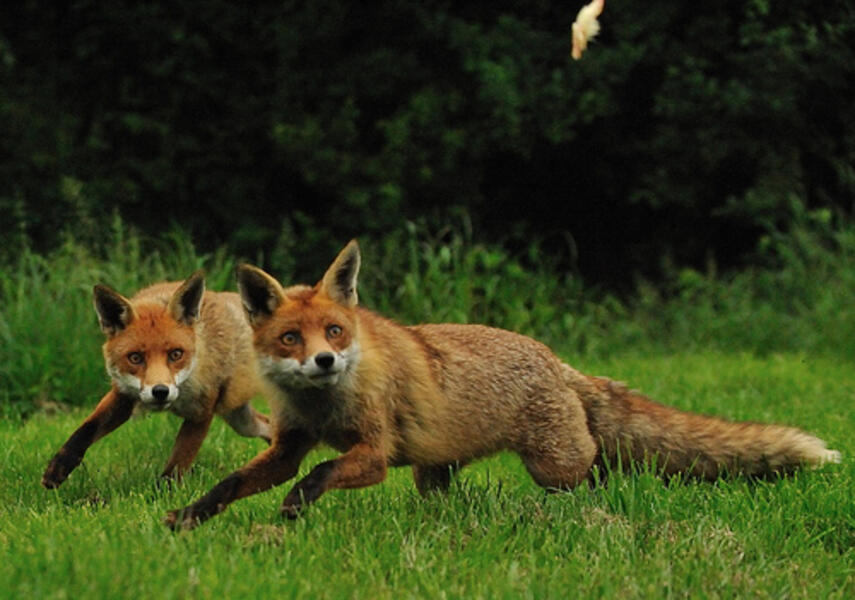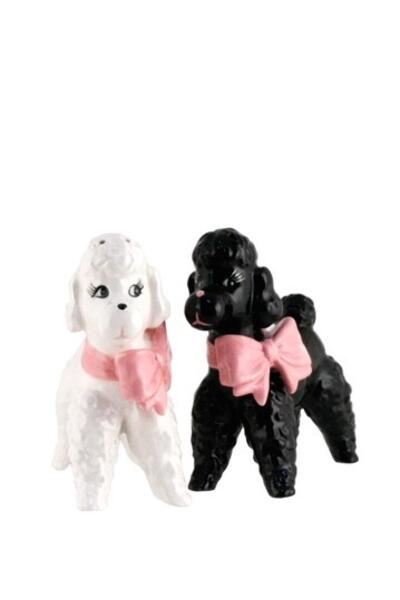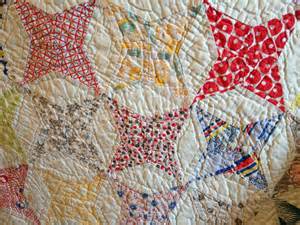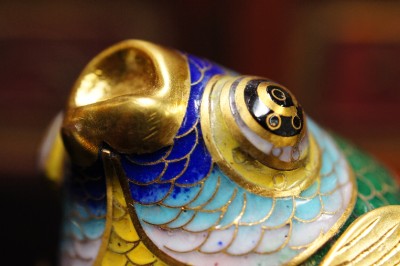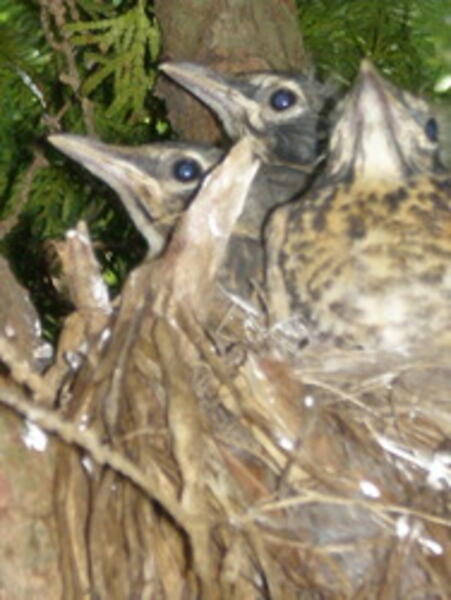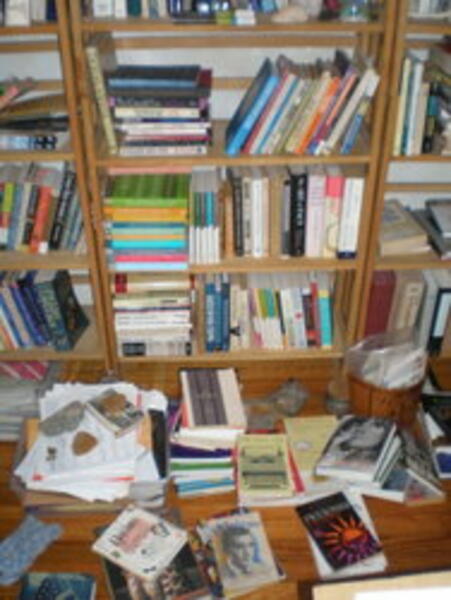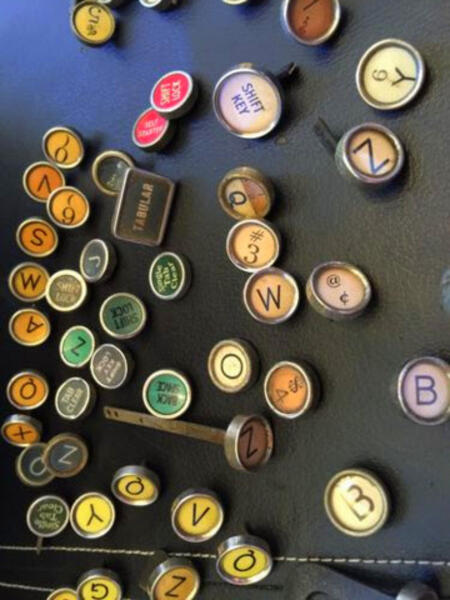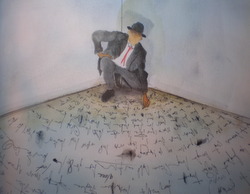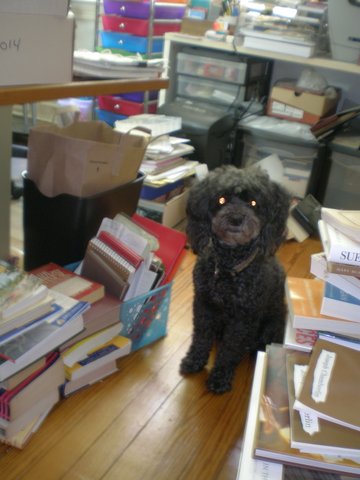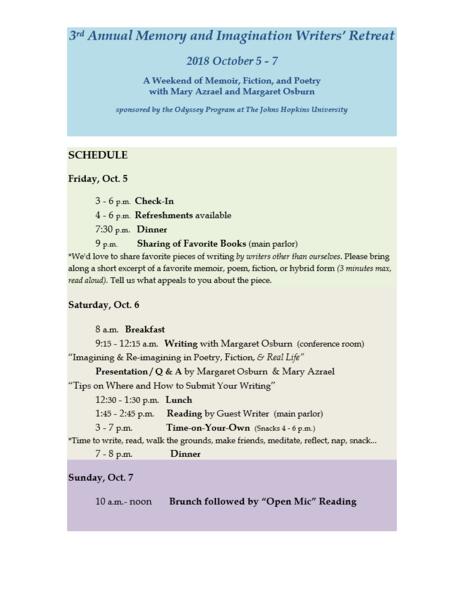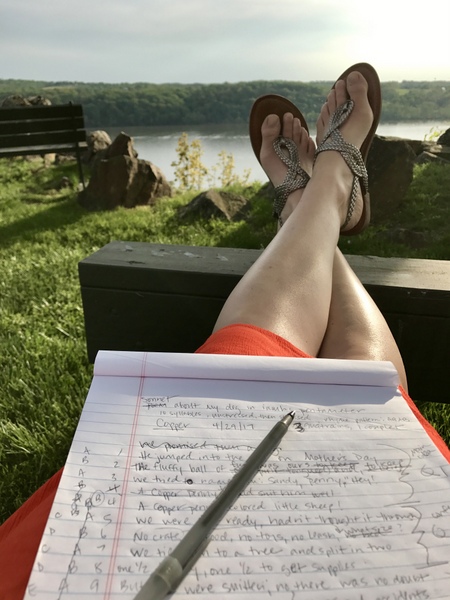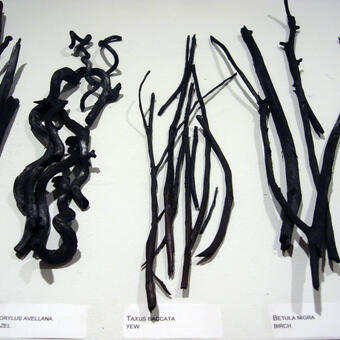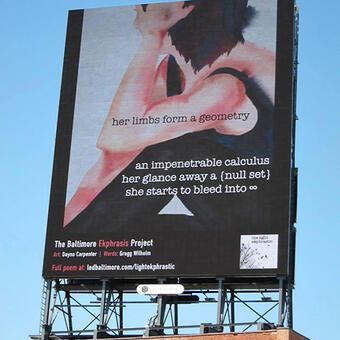About Margaret

GOLD FISH CIRCLING ON A WREATH OF HAIR: A Hybrid Novel: linked stories, prose poetry, and jelly recipes embedded in an overarching narrative that is part thriller, part brain science, served southern style
...From the editors at CALYX: This is a wonderful, witchy story. The voice is delightful and very well developed...the narrative deepens our sense of each of the characters. The folk elements are done well, and the story is edgy enough that it won’t alienate the more urban audience...one woman changes the whole area and their economic outlook. Not many stories with that at the center. Like how it comments on storytelling. The narrator comments that it might/could be told a different way. How we tell/change stories to keep a community together, with the jelly moving the plot.
GOLD FISH CIRCLING ON A WREATH OF HAIR incorporates as back story "The Jelly Women" and seven other short stories about the Bishop Family. The novel's present day narrative starts with middle-aged Emily’s pre-op psychological exam and her participation in a surgical trial to study the effects of an implanted chip to stimulate the hippocampus, the brain’s memory center, and Emily’s consequent discovery that the study’s principal investigator is her missing brother.
As the peripheral narrator of “The Jelly Women" and the central narrator of the other stories, Emily speaks from the distant past. As she listens to the stories her grandma tells, and to those the store regulars tell, she tries to better herself: “Right off, I asked Grandma Bish the hardest question, and she answered back, not saying, but saying she hadn’t seen my daddy since before I was born. And, since I hadn’t seen him myself for nearly that long, I gave up my asking. I was thirteen. I needed a fresh start.”
From the story, “How Un-Lucky Are the Dead,” the reader learns the significance of storytelling from the literary ghosts who inhabit the store, which is wallpapered with their book jackets: “When a book left the HERE WE HAVE IT, it left stripped down, shrouded in brown paper...book jackets stayed in memoriam, a term Aug Bone, who was county coroner, was fond to use. He preached that even the most unlikeable of characters was meant to be remembered.”
Through the full set of stories, with their flashes of quirky humor, we see Emily listening to, observing, studying, and imitating her grandmother, eventually becoming a masterful story teller herself. But, in the title story, “Gold Fish Circling on a Wreath of Hair” Emily confides: “Unlike the stories my grandmother blessed things and people with, my stories didn’t please. Where I sensed heat and pus, I pulled up and ripped off scabs. My stories seeped with regret.”
Alongside china tea cups and saucers and antique oddities, such as clay marbles and a wire toaster for holding a slice of bread arm’s length above a flame, like you were toasting a marshmallow, there were several cloisonné pieces: a key ring with a thumb-sized green and yellow fish that wiggled in linked sections, a pill box, a pair of earrings, and several bangle bracelets. All used. All with a story. It was the telling of a story that resulted in the sale. *** “Bangles…Take a look-see…” said the mother and nudged the girl toward the display. Instead, the girl, whose name was Briney, like salt water, pressed closer. She was skinny white with arms and legs that squeezed like tentacles. Finally, her mother gave her a thump and the girl opened her eyes from inside her mother’s ribs to twist around toward me. Her eyes were the color of amber. Her eyelids, pink and thick from what I guessed was crying, were droopy, sad, like a blood dog’s. *** I suppose I could have said something nice that day about those bangle bracelets and about how all the girls at my school wore them...
Emily speaks to her own heartbreaks in “Between the Rows” (Existere/34:2, York University, Toronto), “Sofa Collectors,” and “The Stormy Sorrows" (under different title, Passager/issue 49, University of Baltimore).
Eight stand alone stories demonstrating the nature of memory and the power of storytelling create the back story for the novel, GOLD FISH CIRCLING ON A WREATH OF HAIR, and support the stage for an even wilder ride awaiting the grown Emily inside the Atlanta Brain Science Institute.
WHEN DESIRE CAN'T FIND ITS OBJECT: Stories about Confused Relationships
ARTIST STATEMENT: "On Burning Down the House"
My own desire to see inside heads has plagued and motivated me from childhood throughout my writing career. It is also what gave me pause mid-way to think that, despite competence as a writer, perhaps I could accomplish greater good as a social worker or psychologist.
As a talk therapist, I could put my interviewer skills to work, closely listening and asking questions that would support individuals like myself who seek answers hidden in life stories. So in that season of rethinking, I began to re-school, to prepare myself for the pursuit of advanced degree(s) in psychology; this, even as I continued to write for a living. Then something providential happened, I was accepted into a summer fiction writing workshop at Johns Hopkins University (JHU) and thereafter invited to teach in the JHU Odyssey program and then their Osher and then their undergraduate programs. Then Smithsonian Associates called. ...My vocation had found me, even if “lecturer” or “adjunct” and “honorariums” didn’t pay the bills. But from that time, my life as a writer would evolve to higher levels of literary inquiry and emotional richness as a teacher and coach. And writing, as my student writers are quick to point out, is cheap therapy. So I feel I am helping people accomplish what’s worthwhile.
Over the past 30 years I’ve listened to and read, and read again, astounding stories by people who have lead the most wildly adventurous, calamitous, inventive, or normal of lives. I’ve encouraged and counseled. I’ve squiggled and marked up pages like a zealous Jackson Pollock, providing honest, perhaps tough feedback, pushing new writers to improve their craft, and encouraging seasoned writers to take bigger risks. With every story, I want the writer to know her tools, make decisions, take control. Plumb the depths. Find insight. Experience epiphany.
Tall orders, yes.
And, at the very least, I want the writer to know and remember that she has permission to write. That the reward to writing will be more than the remembering and recording. That with any luck at all, she will discover an element of surprise, a personal insight--and there will be a thrill to it.
I’ve incorporated into my own writing process, much of what I teach. So let’s say I know the tricks for getting a piece of writing started, have gotten to know my story characters, decided on a story problem and, probably, have conceived of a basic design or structure, which will help me with how I approach and develop what I feel is of greatest importance to the story, even before I know the story’s actual course of events (unfathomable, I know, but not).
For my short story, “When Desire Can’t Find Its Object,” I chose description as the primary development strategy. In writing about identity and desire, not necessarily romance, the visual images (the objects) provide the psychological subtext, a changing venue of ephemeral connection.
All objects and places are haunted. This becomes clear in The Jelly Women linked stories and novel. The entrepreneurial grandma attaches stories to the items for sale in her store. Through her storytelling, objects are exposed and prized for their past lives.
Throughout my writing process, which includes throwing words out on their ears when they don’t sound quite right or don’t add meaning, I keep peeping into that flotsam that blurs my street vision to pull out curious bits--don’t ask me where they came from. It’s dreamlike in there and bits are shape changers. But I’m happy to examine each for texture and substance and then watch and listen as one bit mixes it up with the others. Mostly, it’s after I’ve given the bits an essential work methods pep talk (that everything will be ok, that it’s ok, that it’s really ok) that surprising, unknowable things happen. And that’s the beauty of it--the surprise of how far the subconscious pushes itself into your story--and what it might have to say. For instance, there is nothing in these stories I’ve written that is true about me. Or is there?
I’m still sorting that out...
One last confession, a practical matter really: before I sit to write, I must find a comfortable writing chair, all the while resisting the temptation to jump up, for all the distractions, and burn down the house.
My house’s out of the ordinary
That’s right
Don’t want to hurt nobody
Some things sure can sweep me off my feet
Burning down the house
TALKING HEADS, "Burning Down the House," Speaking Tongues album
ANNUAL JHU WRITERS' RETREAT: Poetry, Memoir, & Fiction
In 2016, 2017, and 2018, we did just that. And, we are now planning a 4th annual, three-day “Memory and Imagination Writers’ Retreat.” We believe the opportunity to mingle with other writers in a supportive writing environment (no meals to cook, no beds to make) inspires great writing.
